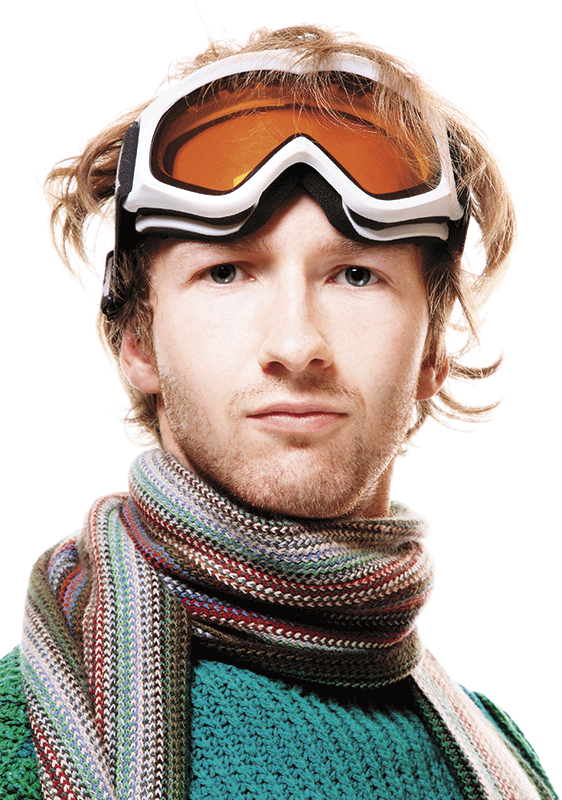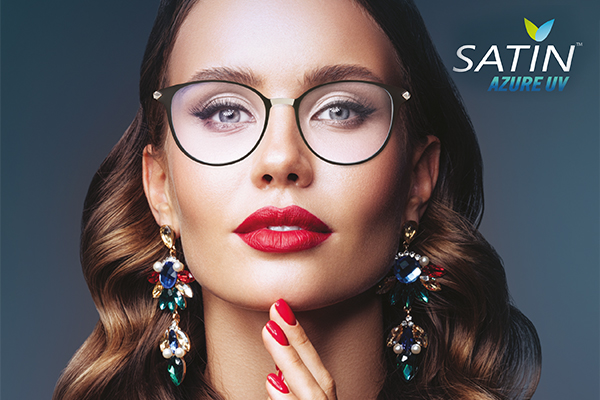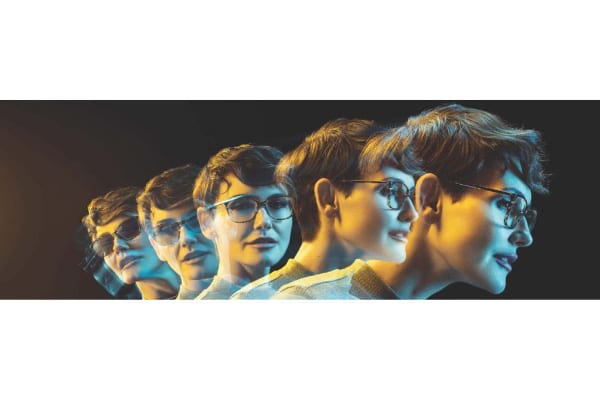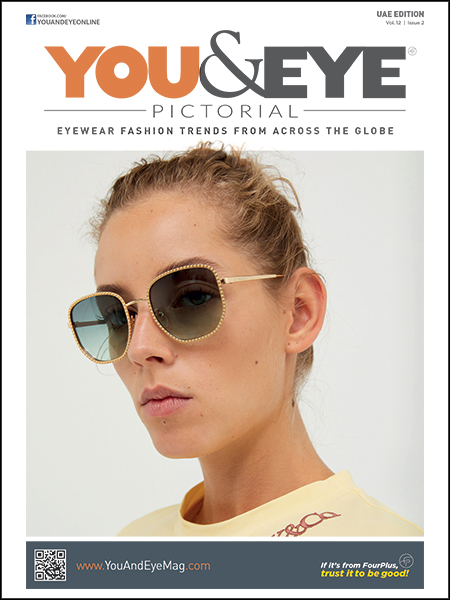Sports eyewear brands are doing their best to help sportspersons win and look good at the same time!
 Sporting competitions today involve teamwork and technology, which explains why as players demand extra performance from their eyewear. Be it Michelle Wie who prefers Nike sunglasses in brown tints because it provides better contrast, or Moto GP champion Valentino Rossi whose chooses Oakley’s Fire Iridium lenses for their glare reduction.
Sporting competitions today involve teamwork and technology, which explains why as players demand extra performance from their eyewear. Be it Michelle Wie who prefers Nike sunglasses in brown tints because it provides better contrast, or Moto GP champion Valentino Rossi whose chooses Oakley’s Fire Iridium lenses for their glare reduction.
Sports eyewear’s performance is a combination of comfort, visual clarity and sturdiness. Generally these frames use a three-point fitting system: one for the nose, one for each temple, which are usually the places where it touches the user’s skin. The eyewear is designed so as to not put too much pressure on these contact points.
INNOVATIONS ABOUND
One innovation in sports eyewear that has gained acceptance is the changeable lens system. “Sunglasses with interchangeable lenses enable users to change the lenses for differing light conditions or sports,” explains Michel Audry, MD, Eyres Optics.
Players with refractive errors also have the option of prescription lenses in sports eyewear. Rudy Project, for example, offers its ImpactX technology with power correction, taking into consideration not only the user’s prescription, but also the wrap lenses and the fitting of the glasses in the face. The result – a wider field of view compared to traditional Rx lenses. Nike Vision too has prescription sports sunglasses for various sports. And so does Bollé.
When it comes to lens material for sports eyewear, impact resistance and clarity top the list. Polycarbonate is most preferred due to its high-impact resistance properties and because it has built-in UV protection. Simone Barbazza of Rudy Project, however, points out that polycarbonate have a disadvantage. “It expands and contracts in extreme temperatures leading to distorted vision,” says Simone.
Trivex is also used because it has good impact-resistance. Given its high tensile strength, Trivex does not flake or chip while it is fitted in the frame. These lenses are comparatively thinner and lighter, which is why companies like Bollé prefer it for their products.
These days, customisation is possible with freeform technology in sports eyewear. Says Michel Audry of Eyres Optics, “This technology provides a much wider, distortion free area, resulting in clearer vision.” Nike Vision too claims to provide lens with zero distortion straight ahead and minimal distortion across the complete curve of the lens. Its Max Optics technology identifies the lens shape and destination frame design to find the best optical zone on the lens blank.
VARIETIES OF LENS COATING
The right surface treatments, or lens coatings, is equally crucial in sports eyewear. Oakley’s Hydrophobic technology creates an invisible barrier that prevents moisture buildup and repels oils, making it easier to keep lenses clean.
Glare can affect a player’s visual perception, so companies use anti-glare lens coating to counter this problem. Adidas Eyewear’s Light Stabilising Technology, for example, highlights objects in the visual field and defines small details in terrain surfaces on uneven ground, which prevents eye strain. Another technology that Adidas Eyewear developed in cooperation with NASA is the SPACE filter, which protects users from high infrared and ultraviolet light.
Fog-free lenses are another innovation in this area. While companies like US-based iCoat Company offer their proprietary lens coating (IC No-Fog), others have their own surface treatments that eliminate the condensation of moisture on lenses. For instance, Smith Optics’ Vaporator Lens Technology eases between-the-lens fogging, while its Fog-X Lens Treatment is burned into the lens, so it cannot be wiped away.
While some companies offer photochromic lens coating in their sports eyewear, others, like Bollé, embed this feature into the lens. Bollé’s Modular Lens have Active Cell Technology built-in, giving users optimal light transmission.
FRAME MATTERS!
Sports eyewear frames are made of impact-resistant, non-toxic, hypoallergenic plastic or polycarbonate. Nylon is a common material used, along with its variants like Gliamides, Grilamid or Trogamid that are flexible and malleable, but can retain their original shapes in extreme temperatures.
Another preferred material is polyamide, an injection moulded frame material made from plastic. It, too, retains its shape even under severe stress, which works best for sports in extreme climates. All these materials lend themselves well to the wraparound frames, which are very popular in sports eyewear.
Trying to meet all the requirements of a sport as well as the personal requirements of a sports person can be challenging. But brands catering to this segment are putting in their best and succeeding too!
The new aerodynamic design of Maui Jim’s Hot Sands (shown below) embeds the company’s patented PolarizedPlus2 lens technology into a sleek, flexible model that is ideal for a wide range of fast-paced, active sports demanding eyewear with superior fit, durability and anti-slip features.
LENS TINTS FOR SPORTS EYEWEAR
- Pink, red: Enhances visual depth, reduces eye strain and adjusts contrast. Ideal for snow sports, cycling and racing.
- Yellow, orange: Offers better visual contrast in low-light conditions, filters blue light and gives sharper focus. Used for cycling, skiing or tennis.
- Amber, rose: Improves contrast in cloudy or sunny conditions and enhances depth perception. Ideal for cycling, skiing and fishing.
- Green: Dims glare while brightening shadows. Ideal for outdoor games like cycling, volleyball or cricket.
- Blue: Reduces glare and improves colour perception. Ideal for skiing and snow-sports.
- Gray: Offers true colour perception and reduces glare. Recommended for water sports, tennis, baseball and driving.
- Dark amber, copper or brown: Blocks high amounts of blue light to heighten contrast and visual acuity. Useful in golf, cycling and baseball.







